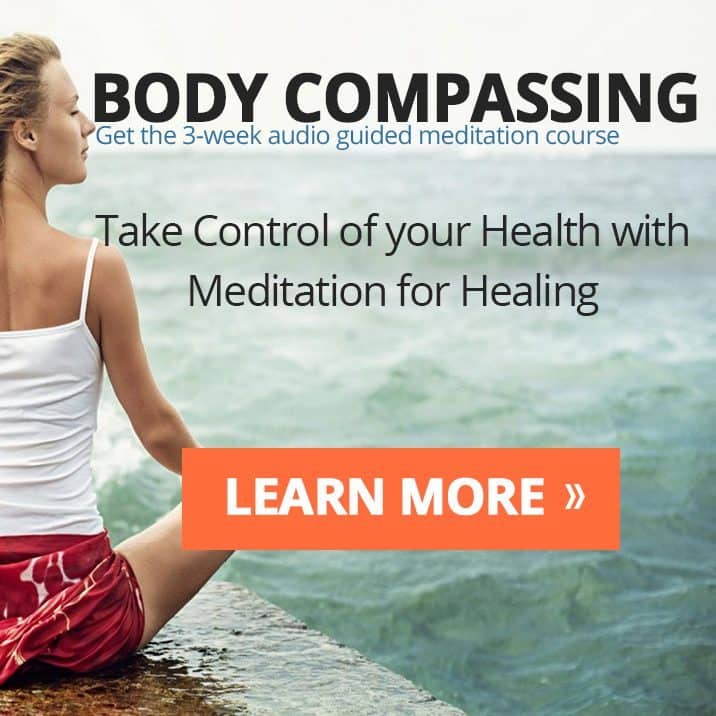The spine is the body’s midline. It runs from the base of the skull through all 24 vertebrae to the sacrum, ending at the coccyx. It connects the top, middle, and bottom of the body and is the body’s structural and functional center.
Movement is accomplished by balancing the tension between external forces and internal architecture, with the spine as the pivot around which these forces are negotiated and redistributed. Sensory input comes in from the periphery through the dorsal root ganglion (from the back of the body) into the spine and up at lightning speed to brain centers for processing.
Motor output, in response to interpreted sensory input, leaves the brain, travels down the spine and branches off from the ventral root (from the front of the body) toward the periphery at the level needed to initiate action for change in muscles, organs, and tissues.
In my practice, clients bring with them questions around how to find a midline or a center.
They express feeling ungrounded, scattered, distracted, disoriented, disinterested, lost, etc.
(NOTE: Want to take control of your health? See Samantha Lotti’s Body Compassing: Meditation-for-Healing Course by clicking here.)

Where Is Your Center
When I first started practicing biodynamic craniosacral therapy I would ask my clients to tell me where they felt their center was located in their body. I got all kinds of answers: in my head, in my hand, in my chest.
(RELATED: How Biodynamic Craniosacral Therapy May Benefit Pain Conditions.)
Often the answers I received reflected areas associated with physical or emotional pain for the client. These areas of pain, I was convinced, could not be their true center, but rather some of the only areas they were truly able to feel in their regular state of discomfort.
I then started to really wonder about this question of center, and returned to anatomy and physiology to consider this question from the body’s perspective.
The study of the anatomy showed me there was only one principal, structural midline. The study of physiology showed me there was only one principal, functional midline. And both pointed to that principle midline being the spine.
I still ask my clients where they think their center is, and I use the information they give me as a diagnostic tool to better understand their main health concern.
I then guide them at the beginning of the session through an embodiment practice that includes becoming aware of their spine.
At the end of the session I suggest to them that they use their spine as a resource. When they feel ungrounded or disoriented in life they can consciously find their spine, and by doing so they will find a midline, the body’s midline.
The body is our resource and reference for how to balance and organize a world that is seemingly chaotic.
When the outside appears unmanageable, turn inward and find your spine. With your spine as the internal reference for how to create order and structure in a complex system, turn outward to look at the spine of your life. With this tool and little bit of patience, finding a center and some order in your life becomes a much less daunting task.
Author: Samantha Lotti
Samantha Lotti is the founder of Biodynamic Health and creator of Body Compassing. She is a certified and registered Biodynamic Craniosacral Therapist (BCST, RCST®), licensed acupuncturist (L.Ac.) and board certified herbalist in Oak Park, Illinois. A personal back injury brought Samantha to biodynamic craniosacral therapy and ignited her interest in a variety of healing modalities.



Hi Samantha, great article.
I would argue that the spine is only a midline in the lateral and sagittal planes, and not in the coronal. This true centre of the body is just in front of the spine, and cannot be identified by a physical system, but is rather extensively covered in eastern medicine such as Taoist QiGong as an energetic line sometimes referred to as the central column. It makes sense that the actual confluence of all that makes up our body would be a pairing of the physical spine and the non-physical, since we are a combination of both.
Nevertheless I enjoyed your writing very much, and thank you for sharing.
*Just note: there are a number of repeated sentence fragments in the text that perhaps occurred during the copy and paste?
Best,
Alisoun from Canada
Great, thanks for sharing this blog article. Will read on…
It’s hard to find well-informed folks on this matter, but
you sound like you comprehend what you’re talking about! Thanks